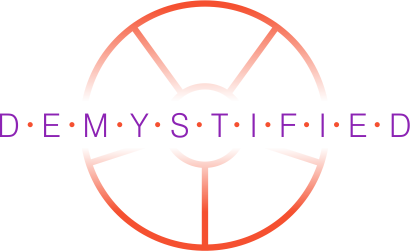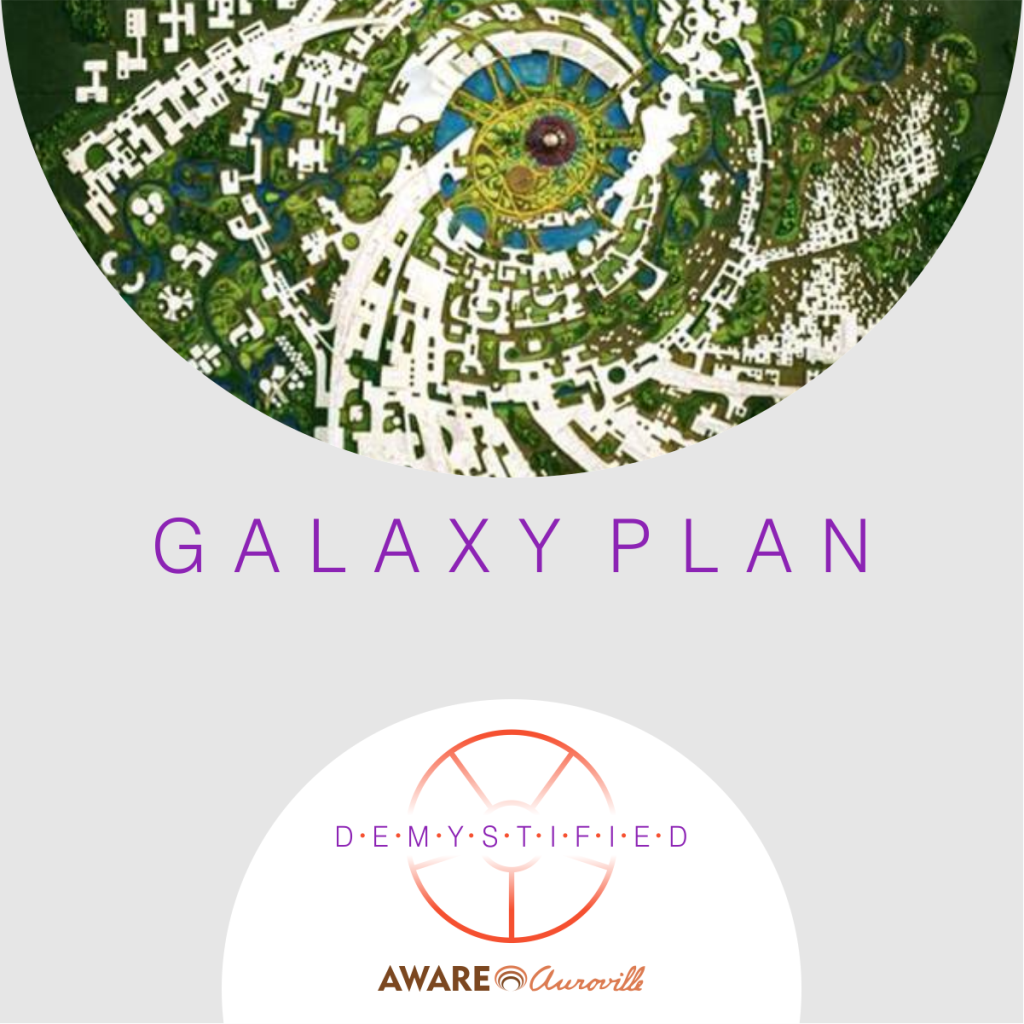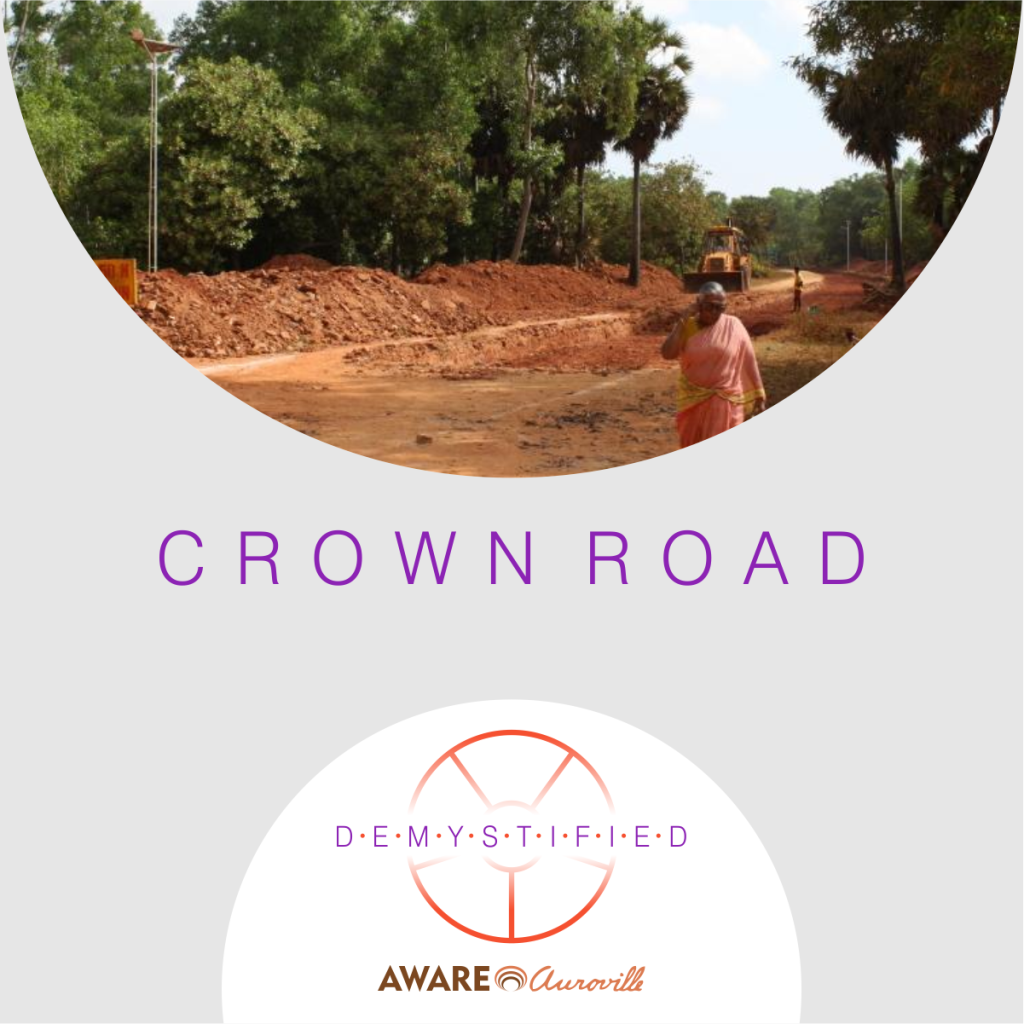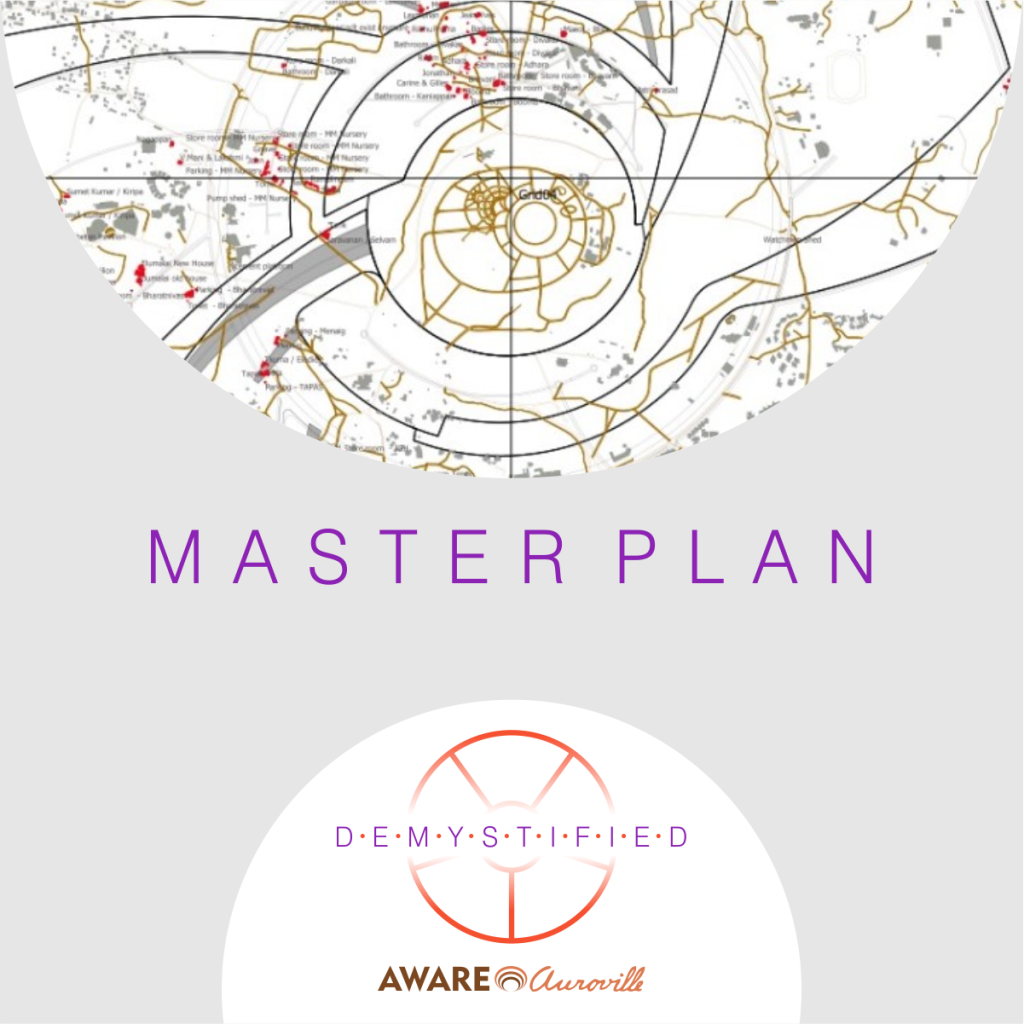Education in Auroville: An Overview of the Alternative Learning Approaches and Schools in the Township
- 3 min read
Auroville demystified as a campaign has been conceptualized to briefly explain various aspects of Auroville. We all are aware that there’s a huge influx of visitors to Auroville, and in recent years, if anything, the trend is only going upwards. When we think about visitors, usually we imagine the tourists who physically visit Auroville. But, it’s only a fraction of the people who are interested in Auroville. There’s a substantial number of people who’re online visitors. And, generally, the preference for content consumption is video-based. The ever-increasing popularity of Auroville-based travelogues is clearly indicating that there’s a huge appetite for information, and the tranveling vloggers are happily serving them. The recent popularity of the NasDaily episode on Auroville also stands as testimony to it. On the downside to this reality, some of the published materials are not well-researched, created in haste, and sometimes in bad taste. Many misconceptions about Auroville get perpetuated in this process. Moreover, we discovered, even if someone wanted to do a bit of research and know Auroville’s side of the story, there’s none available in video format. The idea of this campaign is to set the record straight, present the facts and let the visitors discern themselves responsibly.


The Auroville Foundation Act is a legislation passed by the Indian Parliament in 1988 that establishes the Auroville Foundation as an autonomous body to oversee and manage the development of Auroville, an experimental township in the state of Tamil Nadu, India.
Under the Act, the Auroville Foundation is responsible for managing and developing the township in accordance with the objectives outlined in the legislation. This includes the management of land and properties, the development of infrastructure and services, the promotion of sustainable living practices, and the facilitation of cultural and educational activities.
The Auroville Foundation Act serves as a legal framework for the development and management of Auroville, ensuring that the township is guided by its original vision of human unity, spiritual progress, and sustainable living.
The Auroville Galaxy Plan is a long-term development plan for the Auroville community. It was first proposed in 1988 by Roger Anger, the French architect who designed the Matrimandir, as a vision for the future development of the township.
The Galaxy Plan envisions the expansion of Auroville over a period of several decades to accommodate a population of up to 50,000 residents. It proposes the creation of several new neighborhoods and the development of new infrastructure and services to support the growing community.


Auroville’s Crown Road is a circular road that encircles the City Center, the peace zone of Auroville. The Crown Road is approximately 4.3 kilometers in length and is designed to mainly accommodate pedestrian and bicycle traffic. It is paved with paver blocks and is lined with trees, creating a peaceful and meditative environment.
The road provides access to the four zones, as well as several other important buildings and facilities in the area. These include the Visitors Centre, which provides information about Auroville and its activities, and the Solar Kitchen, which serves vegetarian meals to residents and visitors.
The Auroville Master Plan is a long-term planning document that guides the physical and social development of Auroville, an experimental community in India. The Master Plan was first developed in the 1960s by the community’s founders, and has since been revised and updated several times to reflect changing needs and priorities.
The Master Plan sets out a vision for the development of Auroville as a model of sustainable living, human unity, and cultural diversity. It includes detailed plans for land use, infrastructure, housing, and social and cultural facilities, as well as guidelines for environmental protection, energy use, and transportation.
